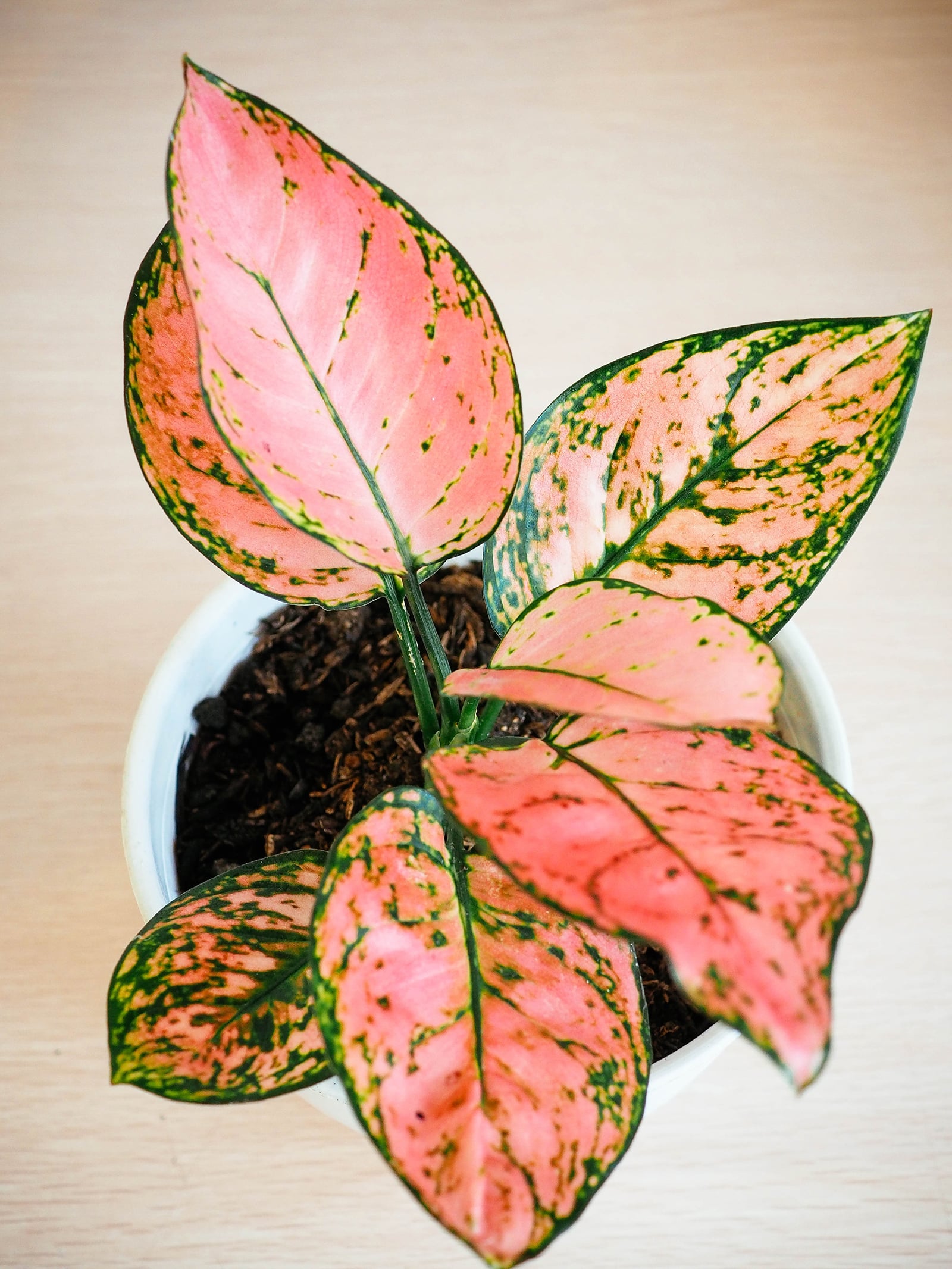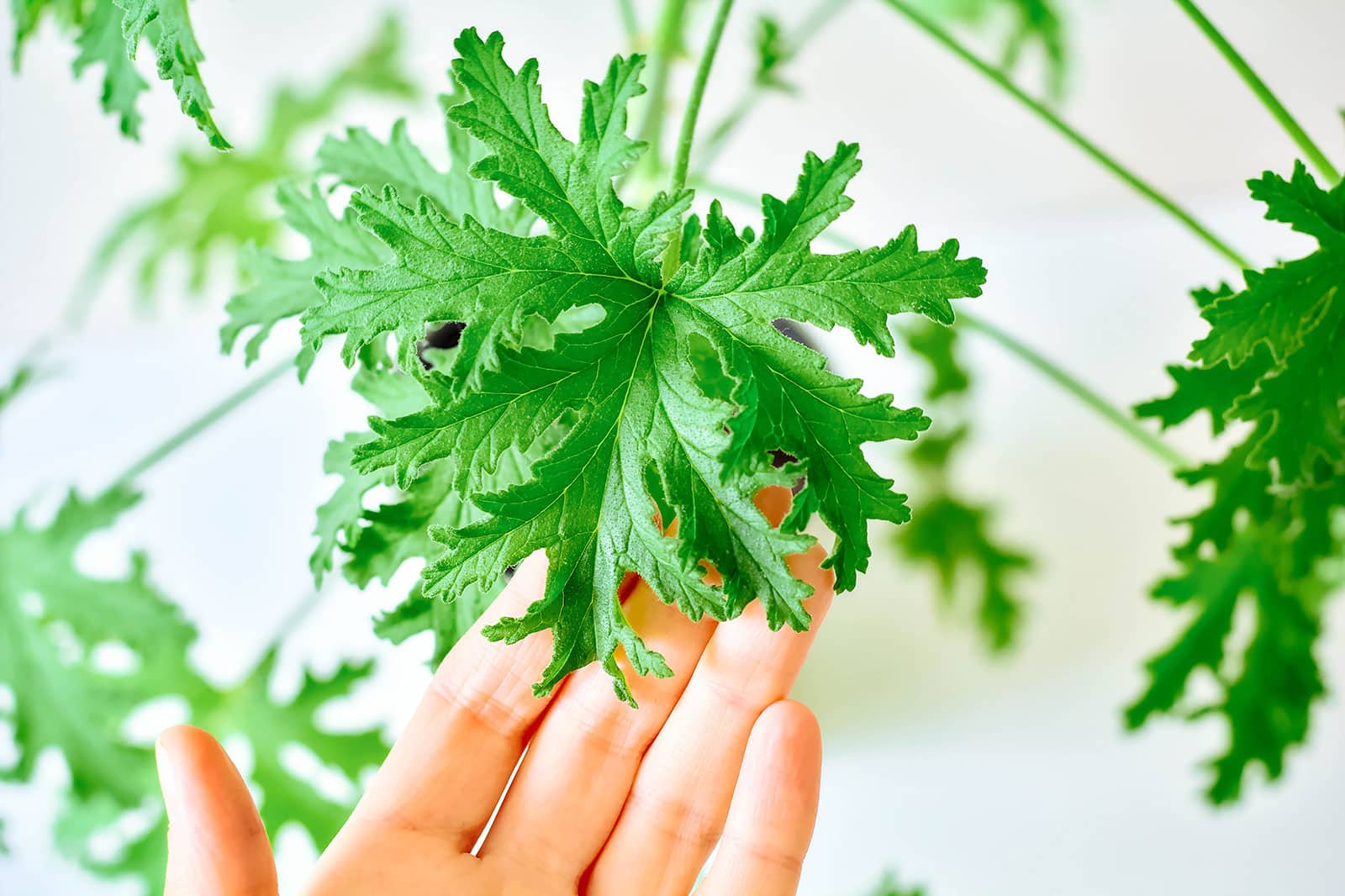If you’re looking to bring a touch of the tropical rainforest into your home, the enchanting Rhipsalis plant is an excellent choice. Known for its ease of care and unique appearance, this epiphytic cactus can add a serene, stress-free vibe to your indoor garden.
With this guide, caring for Rhipsalis doesn’t have to be complicated. Whether you’re a seasoned plant parent or a beginner, we’ll walk you through everything you need to know to keep your Rhipsalis thriving.
How to Grow Rhipsalis Cactus
The Rhipsalis cactus, often found dangling from trees in its native habitat, is perfectly suited for indoor hanging baskets. To grow a healthy Rhipsalis, choose a well-draining potting mix, typically one formulated for cacti and succulents. Bright, indirect light is ideal, as direct sunlight can burn the delicate stems.
When watering, allow the soil to dry out slightly between watering to prevent root rot. In the growing season, Rhipsalis benefits from fertilization every four weeks with a balanced, water-soluble fertilizer.
Humidity is crucial for Rhipsalis, given its epiphytic nature. Maintain moderate to high humidity by misting the plant regularly or using a pebble tray filled with water to increase the moisture around the plant.
Rhipsalis are not cold-tolerant, so they should be kept in an environment that stays above 50°F (10°C). Drafts and sudden temperature drops should be avoided to prevent stress on the plant.
An occasional pruning may be necessary to maintain the desired shape and size of your Rhipsalis. Use clean, sharp scissors to make cuts, and be sure to remove any dead or damaged stems.
What Are the Different Rhipsalis Varieties?
Over 35 Rhipsalis species exist, each with its own charm. Some popular varieties include Rhipsalis baccifera, known as the ‘Mistletoe Cactus,’ with its berry-like fruits, and Rhipsalis cereuscula, or ‘Coral Cactus,’ which features coral-like branches. The ‘Spaghetti Cactus’ or Rhipsalis capilliformis, is known for its thin, noodle-like stems.
While each variety may have specific care nuances, the general care guidelines provided in this guide apply to most Rhipsalis species. It’s essential to research the specific needs of your chosen variety for optimal care.
Visual variety is a hallmark of the Rhipsalis genus, with some species sporting flat, leaf-like stems and others showcasing segmented or pilose stems. This diversity makes them a fascinating subject for collectors and enthusiasts.
For those looking to acquire different types, it’s often possible to find Rhipsalis at specialty plant shops, garden centers, or online plant retailers. Always look for healthy, green stems and a robust root system when selecting a plant.
Remember, part of the fun in caring for Rhipsalis is exploring the different varieties and finding what works best for you and your home environment.
How to Properly Care for Rhipsalis Plants?
Proper care is key to ensuring your Rhipsalis not only survives but thrives. The right balance of light, water, and humidity will go a long way. Light requirements have been touched on, but let’s delve into water and soil needs.
When it comes to watering, the ‘soak and dry’ method is recommended. Wait until the top inch of the soil is dry before watering thoroughly. Be sure the pot has adequate drainage to prevent standing water.
As epiphytic plants, Rhipsalis prefer loose, airy soil that mimics decaying organic matter they would naturally grow in. A mix containing orchid bark, perlite, and potting soil can provide the proper texture and drainage.
Fertilization should be reduced or stopped during the dormant season, typically in the cooler months, to allow the plant to rest. Resume feeding in the spring as the plant returns to its active growth phase.
While Rhipsalis are relatively pest-free, watch out for signs of mealybugs or scale, which can be treated with insecticidal soap or neem oil. Regular inspections will help catch any issues early on.
Is Rhipsalis Toxic to Cats and Dogs?
One of the many benefits of Rhipsalis is its non-toxicity to cats and dogs. Pet owners can rest easy knowing that if their furry friends happen to nibble on the plant, it shouldn’t cause any harm. However, it’s still advisable to keep plants out of reach to prevent any potential damage to the plant or digestive upset in pets.
What Are the Light Requirements for Rhipsalis?
Rhipsalis thrives in bright, indirect light. Direct sunlight should be avoided, as it can scorch the delicate foliage. If you’re placing your Rhipsalis near a window, a sheer curtain can help diffuse the light.
If natural light is limited in your home, consider using grow lights to provide sufficient illumination. A few hours of artificial light each day can supplement low light conditions and promote healthy growth.
Adjust the location of your Rhipsalis throughout the year as the intensity and angle of natural sunlight change. Doing so will ensure your plant receives the right amount of light without any adverse effects.
How to Propagate Rhipsalis Cactus?
Propagation of Rhipsalis is a simple and rewarding process. Stem cuttings are the most common method, as they root easily and can be taken at any time of the year, although springtime is ideal.
Follow these steps to propagate your Rhipsalis:
- Select a healthy stem to cut, ensuring it’s several inches long.
- Allow the cutting to callous over for a few days, which helps prevent rot.
- Place the calloused cutting in a pot with well-draining soil, ensuring the cut end is in contact with the soil.
- Keep the soil moist but not soggy to encourage rooting.
- After a few weeks, you should notice new growth, indicating that the cutting has successfully rooted.
Propagation is not only a great way to expand your plant collection but also to share with friends and family.
What Common Problems Do Rhipsalis Cacti Face?
Despite their hardy nature, Rhipsalis can encounter issues such as root rot, pest infestations, and nutrient deficiencies. Overwatering is a common problem that can lead to root rot, so always ensure that the soil is dry before watering again.
Pests like mealybugs and spider mites can be deterred by maintaining proper humidity levels and inspecting your plants regularly. If pests do appear, isolate the affected plant and treat it immediately.
Nutrient deficiencies can be addressed with regular feeding during the growing season. A balanced, diluted fertilizer will provide the necessary nutrients without overloading the plant.
Environmental stress, such as sudden temperature changes or drafts, can cause leaf drop or wilting. Keep your Rhipsalis in a stable environment to prevent these issues.
Common Questions About Rhipsalis Plant Care
How Do You Take Care of a Rhipsalis?
Taking care of a Rhipsalis involves providing bright, indirect light, moderate watering, and maintaining high humidity. Use a well-draining soil mix and keep temperatures above 50°F (10°C). Fertilize monthly during the growth period and prune as needed.
Remember that each species may have its specific needs, so it’s important to research your particular Rhipsalis variety. Consistency in care is key to a healthy, vibrant plant.
What Are Common Rhipsalis Problems?
Common Rhipsalis problems include overwatering, pest infestations, and lack of light. To prevent these issues, ensure proper drainage, regular plant inspections, and adequate light exposure. Address problems quickly to avoid further stress on the plant.
Environmental stress can also affect Rhipsalis, so maintain a consistent care routine and avoid exposing the plant to extreme temperatures or drafts.
Should I Mist Rhipsalis?
Misting can benefit Rhipsalis by increasing humidity, but it should be done carefully to prevent excess moisture on the leaves, which could lead to fungal issues. Use a fine mist and do it in the morning so the water has time to evaporate throughout the day.
If you live in a particularly dry climate, consider using a humidifier or placing your Rhipsalis in a well-lit bathroom where humidity is naturally higher.
Do Rhipsalis Like to Be Root Bound?
Rhipsalis plants generally do not mind being slightly root bound, but they should be repotted every two to three years to provide fresh soil and to inspect the root system. If you notice your Rhipsalis is growing slower than usual, it might be time to consider repotting.
When repotting, choose a container that’s only one size larger than the current one to prevent overwatering and to allow the roots to fill the pot gradually.
To add a visual element to this guide, let’s take a look at a video on Rhipsalis care:
By following these tips, you can enjoy the unique beauty of Rhipsalis plants in your home without the stress. Happy planting!







